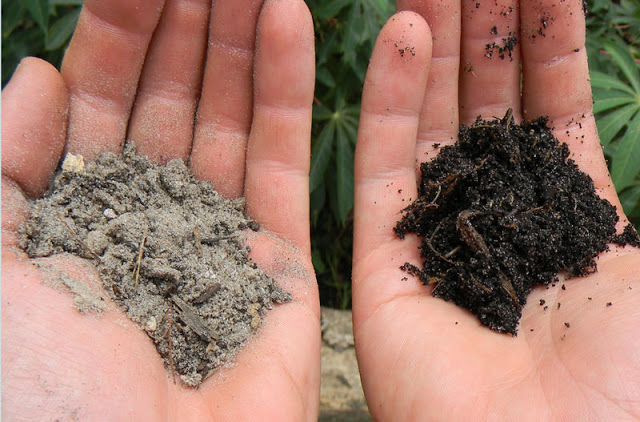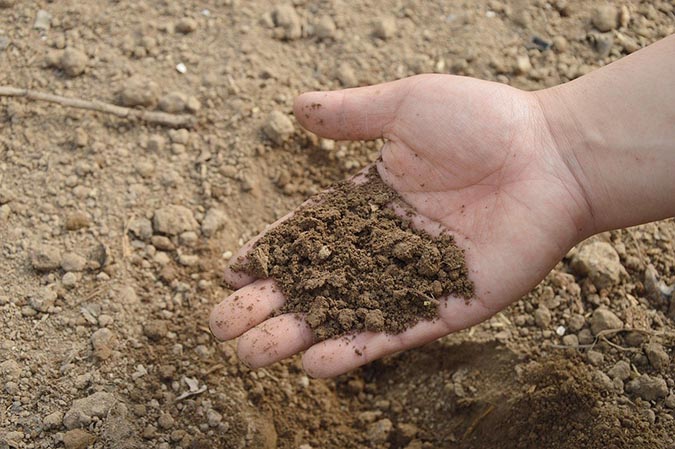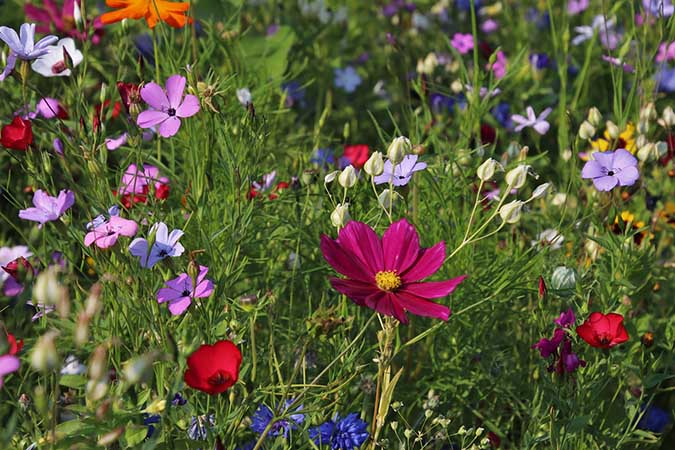If (like most of us) you have soil that’s heavy on the sand or clay—and hard to grow in as a result—don’t miss this tutorial on how to improve garden soil!
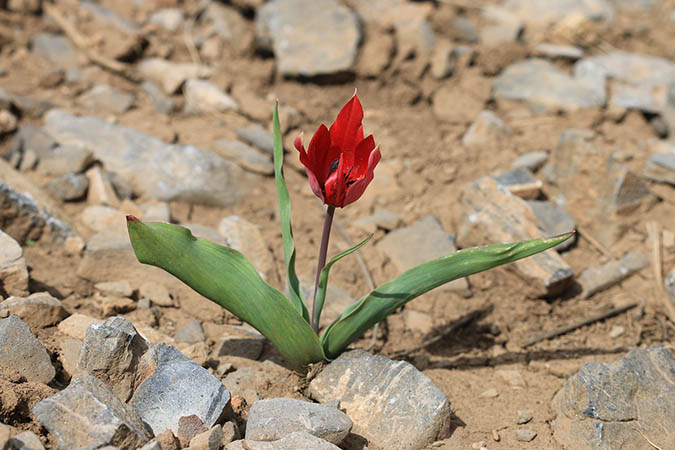
Image by pixamincom from Pixabay
How to Improve Garden Soil
How many times have you heard someone say, “You have no idea what it’s like to try and grow food here in ____! We’ve got terrible soil!”
The thing is—those folks are usually right. Very few of us are blessed with deep, rich loam containing the wide variety of nutrients a plant needs to grow and thrive. So do we give up? Or do we start taking steps to improve our garden soil now, before the supply chain completely collapses and we only have to garden if we also want to eat?
I’d vote on the latter, for two reasons:
1. Building soil is fun.
2. Going hungry is not.
Are you ready? Let’s jump in!
Assessing The Soil You Have
At this point, most experts on soil will start talking about clay, sand, loam, etc.
Then they’ll talk about pH.
Scientists love pH.
This is because they haven’t discovered the opposite sex.
You Can Test the pH…
Okay, perhaps that’s a bit harsh. A pH test can come in handy if things seem to be really whacked out on your property. If the soil is too alkaline, a lot of plants fail to take up the nutrients they need. If it’s too acid, they have visions and start listening to the White Album nonstop.
You don’t want either of those things.
You May Also Enjoy:
“The #1 Tool for Organic Growers”
“Clay, Sand, Silt, or Loam? Discover Your Garden’s Soil Texture In 5 Easy Steps”
“At-Home Soil Test Kits: How to Use Them . . . And Why You Should”
I got my soil tested for free at the local extension. Part of my yard was 6.5, another part was 6.75—and those are acceptable numbers.
…Or Just Take a Look Around
Rather than worrying too much about pH, though, you can take a look at what’s growing in your yard and tell if the area has fertility.
Is the grass thick? Are there lots of wildflowers? Do you have a broad range of tree species in the woods locally?
If your yard is mostly crabgrass and the lot across the street is all pines, chances are you have poor soil. If you’ve got rampant growth of a wide variety of weeds and you see oaks, hickories, wild plums, passion vines, wild grapes, basswood, and a nice range of other species, breathe easy. Chances are the ground is good enough to grow food.
You May Also Enjoy:
“No Till Gardening: Homesteading Basics (VIDEO)”
Of course, just because neighboring lots have good soil, it doesn’t mean you will. Your lot may have been stripped of topsoil, compacted, filled with construction debris, or used as the neighborhood motor-oil dumping ground.
If your house is more than a few decades old, you may also have lead in the soil from flaking paint.
If you have suspicions, get some more serious tests done. But again, if you don’t have any reason to think things may be horrid, look for nice, healthy wild species. They’ll tell you if things are at least somewhat okay.
Clay Soil or Sandy Soil?
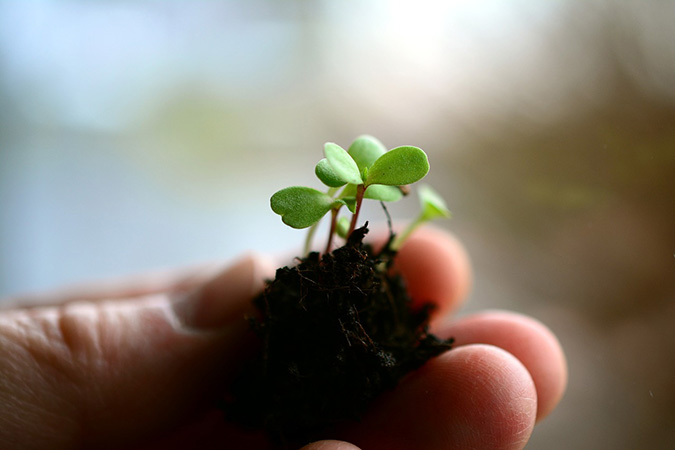
Image by congerdesign from Pixabay
For folks with clay soil, be glad: clay usually has a lot of fertility in it. The problem, of course, is making it friable enough to work and drain properly. I lived in Tennessee and had rocky, thick clay that was so dense I had to buy a mattock to plant trees. Not fun—yet after a couple years of work, it grew enviable produce.
You May Also Enjoy:
“5 Things You Should Never Feed Worms”
“Composting the SCARY Stuff—Meat, Dairy, Bones, and Human Waste!”
“Purslane: The Omega-3 You Can Grow for Free! (With Recipe)”
Sandy soils have their own blessings. Because they drain well, you rarely have to worry about overwatering. They also are great for many root crops. Nutrients tend to wash through sand, however, so it does need upkeep to stay in good producing shape.
If you have perfect loam, just be quiet. I don’t want to hear about it.
How to Fix Clay Soil
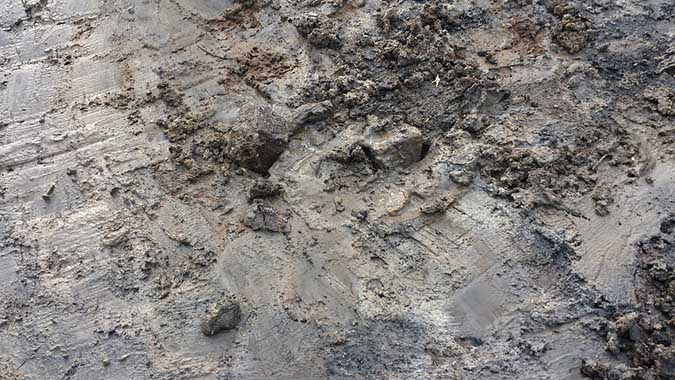
Image by Monsterkoi from Pixabay
Like I mentioned a few sentences ago, I had clay in Tennessee.
It was rough for a Florida boy to deal with and I had to do a lot of experimenting before I figured out how to fix it. If you hit it with a tiller at the right time of year when the ground was just dry enough, you could grind the top couple of inches into something that looked pretty good and felt fluffy.
You May Also Enjoy:
“Mycorrhizael Inoculant: A Powerful Solution to the Organic Gardener’s Catch-22”
“5 Reasons Your Green Beans Are Thriving (When Nothing Else Is)”
“Supercharge Your Garden! 4 Steps to Vibrant Soil Using Compost and Crop Rotation”
However, once you stepped on it a few times or got a good rain, it would turn into something resembling the Salt Flats. Hard, cracked plates.
After a while, I gave up on tilling and started growing stuff in containers, raised beds, and tires for a while. This is what the professionals call “escapism” or “being a little baby chubby bunny waa waa waa loser.”
I wasn’t dealing with the dirt I had—even though I had lush trees, grass, and wildflowers growing just a few feet away from my garden.
Build Good Soil With Sheet Composting
Then I read a bit about Ruth Stout and sheet composting, so I decided to give that a try—particularly because I wanted to destroy the Bermuda grass that kept invading my beds.
It was a success!
After the first winter passed, the ground beneath my piles of peat, leaves, straw, wood chips, and cardboard was starting to soften up and fill with earthworms.
Here’s a Goodstream I did on gardening in clay:
By the second year of my clay-repairing project in Tennessee, the soil was rich, black and friable. It no longer looked like the red-brown rocky clay I’d started with and, if the great Nashville Flood hadn’t come and swept away my backyard in the third year, it would probably be even better now. At that point, I was done with Tennessee. It was time to go back to Florida and start:
How to Fix Sandy Soil
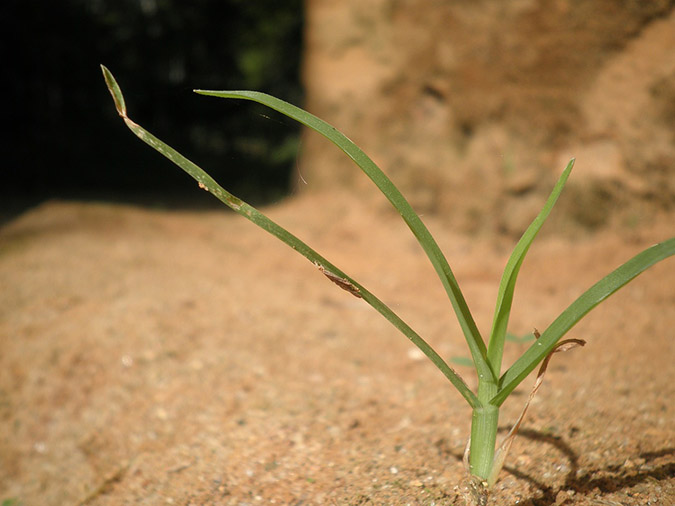
Image by sasankachandrasena from Pixabay
I love sand. Seriously. It’s easy to dig and hoe, it doesn’t muck up your house or stain your clothes, and if you shut your eyes and walk through a patch barefoot, you can pretend you’re on the beach.
I bought a foreclosure in North Florida back in 2010. The yard was a mess of tall weeds and grass when we moved in. I chopped it down and started planting fruit trees right away, only to find that many of those trees were really poky about their progress. I don’t know why it didn’t hit me right away, but most of the front yard was made up of poor, compressed sand.
The part that wasn’t grew some great plants, but the other section grew sad-looking plants.
You May Also Enjoy:
“9 Ways to Keep Raccoons Out of Your Compost Pile”
As an experiment, I piled a bunch of fresh leaves and tree debris in one sandy area. A year later, the sand was black, rich, and full of life. The problem with sand, however, is that it doesn’t usually stay that way for very long. Leaching is a big problem with sand, as is the risk of it drying out and blowing around.
Keep Sandy Soil Covered
The best way I’ve found for keeping sand happy is constant cover.
Here’s a Goodstream I did a couple months back on gardening in sand:
As I mentioned in my article on deep mulching, this can’t always be done with organic matter. It’s hard to cover large areas with mulch—and it’s often expensive, not to mention horribly laborious. That said, you can still keep the ground covered most of the time by growing something on it.
In summer, I often toss around seeds like a mad seed fairy. Sunflowers, amaranth, cosmos, southern peas, etc., are all good choices for keeping the ground healthy and moist. In the winter, I overseed with peas, lentils, turnips, mustard, various brassicas, and small grains like winter wheat.
You May Also Enjoy:
“6 Organic Nitrogen Fertilizers for Healthier Soil”
“Special Challenges to Managing NPK in the Organic Garden”
“Mycorrhizael Inoculant: A Powerful Solution to the Organic Gardener’s Catch-22”
This keeps the ground living.
Even if you don’t harvest these plants, they’re great to chop down in place and keep things healthy until you’re ready to plant something you want to eat.
Building Fertility in Sandy Soil
A final story on sand: 8 years ago, I started building a tropical food forest with my dad down in South Florida.
The soil was light gray sand. There’s very little fertility in that dirt. It’s totally empty. So we planted our trees and gave them both chicken manure and 10-10-10 as a bit of “get up and go,” then we put down cardboard everywhere around them and started gathering yard waste from around the neighborhood.
You May Also Enjoy:
“Small-Space Vermiculture, Step-by-Step”
Logs, limbs, palm fronds, leaves, and grass clippings were piled on the ground up to 18″ deep around our young trees.
Within a few months, the soil beneath darkened up. The neighbors thought we were crazy at first—yet the soil is amazing. It looks like potting soil and is packed with worms. Check out this before and after picture:
The neighbors’ yards are weedy patches of sun-baked sand. My parents’ yard is a rich oasis of tropical splendor.
We basically built the fertility of a forest floor in fast-forward. Over time, my parents continued to chop-and-drop the various biomass plants I added, keeping the ground mulched and happy. The plants there are growing like weeds.
You can check out this project here:
Get Started Right Away
Feed the soil, and it will feed you.
Loosen it, pile on whatever nutrients you have, grow cover crops, and be patient. It doesn’t happen overnight.
If you need to, buy in your first bits of fertility—but plan in advance the areas you’re going to be using next and start building long-term fertility by piling on what you can. The long-term profit will come to you in the form of bigger and better vegetables—and happier trees—than you ever thought possible.
What Do You Think?
Have you successfully improved your garden soil? Share your experiences and best tips in the comments below!
David The Good is a Grow Network Change Maker, a gardening expert, and the author of five books you can find on Amazon: Compost Everything: The Good Guide to Extreme Composting, Grow or Die: The Good Guide to Survival Gardening, Totally Crazy Easy Florida Gardening, Create Your Own Florida Food Forest, and Push the Zone: The Good Guide to Growing Tropical Plants Beyond the Tropics. Find fresh gardening inspiration at his website TheSurvivalGardener.com and be sure to follow his popular YouTube channel.
